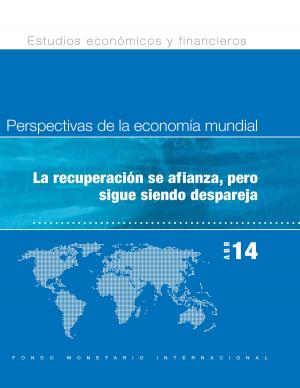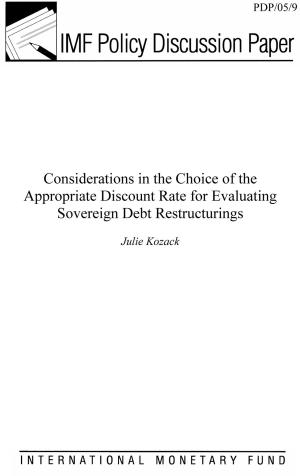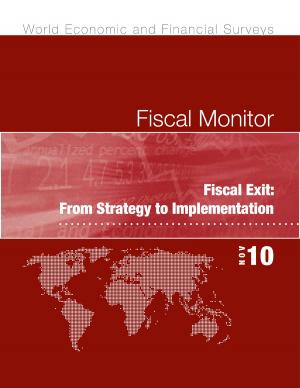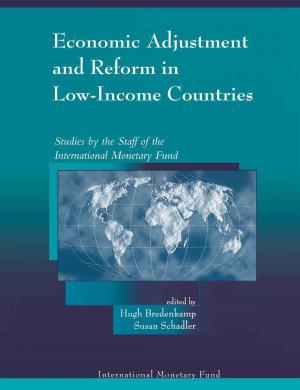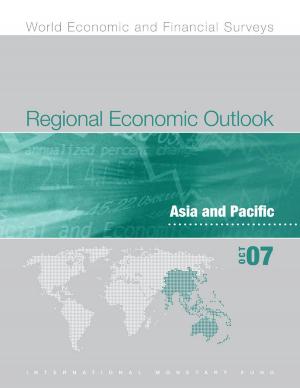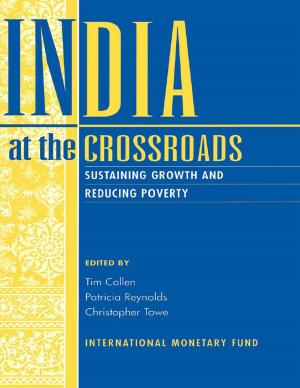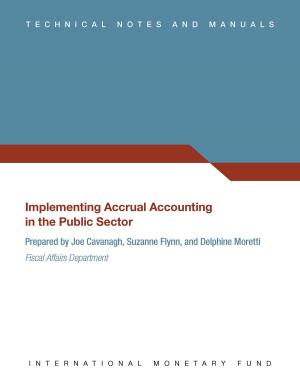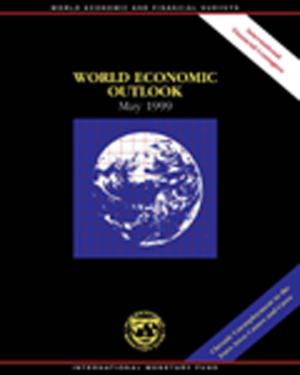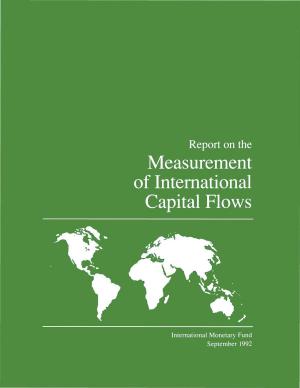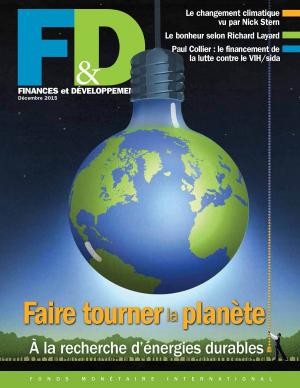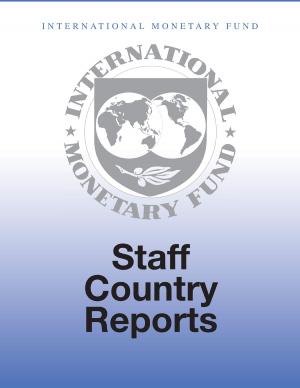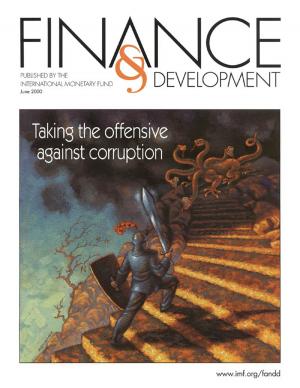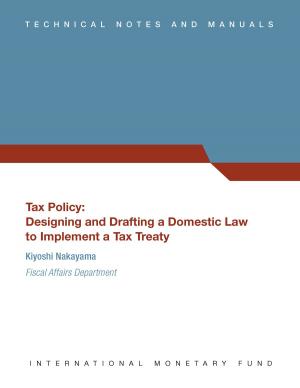Controlled Capital Account Liberalization: A Proposal
Business & Finance, Economics, Money & Monetary Policy, International Economics, Nonfiction, Social & Cultural Studies, Political Science, Politics, Economic Policy| Author: | Eswar Mr. Prasad, Raghuram Rajan | ISBN: | 9781452768502 |
| Publisher: | INTERNATIONAL MONETARY FUND | Publication: | October 1, 2005 |
| Imprint: | INTERNATIONAL MONETARY FUND | Language: | English |
| Author: | Eswar Mr. Prasad, Raghuram Rajan |
| ISBN: | 9781452768502 |
| Publisher: | INTERNATIONAL MONETARY FUND |
| Publication: | October 1, 2005 |
| Imprint: | INTERNATIONAL MONETARY FUND |
| Language: | English |
In this paper, we develop a proposal for a controlled approach to capital account liberalization for economies experiencing large capital inflows. The proposal essentially involves securitizing a portion of capital inflows through closed-end mutual funds that issue shares in domestic currency, use the proceeds to purchase foreign exchange from the central bank and then invest the proceeds abroad. This would eliminate the fiscal costs of sterilizing those inflows, give domestic investors opportunities for international portfolio diversification and stimulate the development of domestic financial markets. More importantly, it would allow central banks to control both the timing and quantity of capital outflows. This proposal could be part of a broader toolkit of measures to liberalize the capital account cautiously when external circumstances are favorable. It is not a substitute for other necessary policies such as strengthening of the domestic financial sector or, in some cases, greater exchange rate flexibility. But it could in fact help create a supportive environment for these essential reforms.
In this paper, we develop a proposal for a controlled approach to capital account liberalization for economies experiencing large capital inflows. The proposal essentially involves securitizing a portion of capital inflows through closed-end mutual funds that issue shares in domestic currency, use the proceeds to purchase foreign exchange from the central bank and then invest the proceeds abroad. This would eliminate the fiscal costs of sterilizing those inflows, give domestic investors opportunities for international portfolio diversification and stimulate the development of domestic financial markets. More importantly, it would allow central banks to control both the timing and quantity of capital outflows. This proposal could be part of a broader toolkit of measures to liberalize the capital account cautiously when external circumstances are favorable. It is not a substitute for other necessary policies such as strengthening of the domestic financial sector or, in some cases, greater exchange rate flexibility. But it could in fact help create a supportive environment for these essential reforms.

